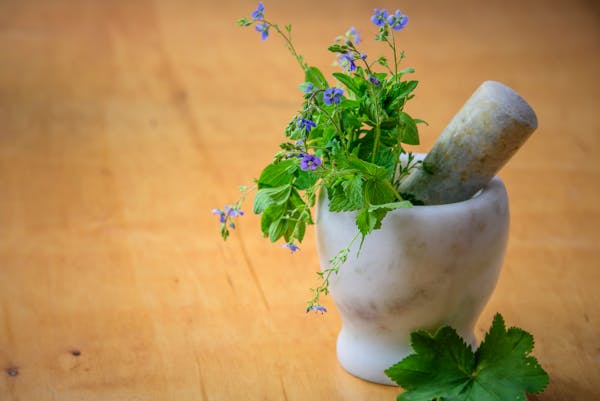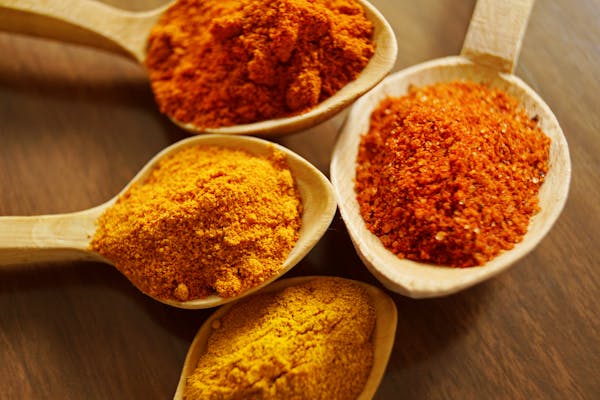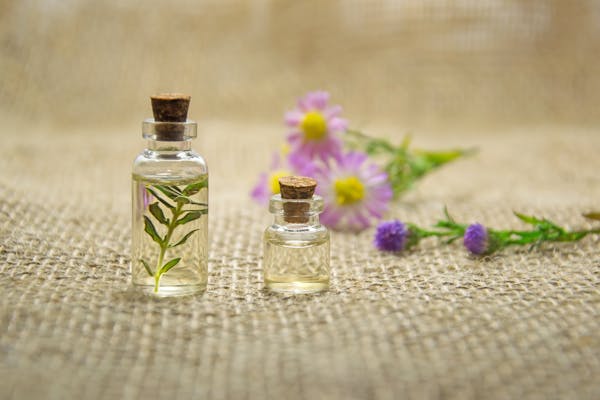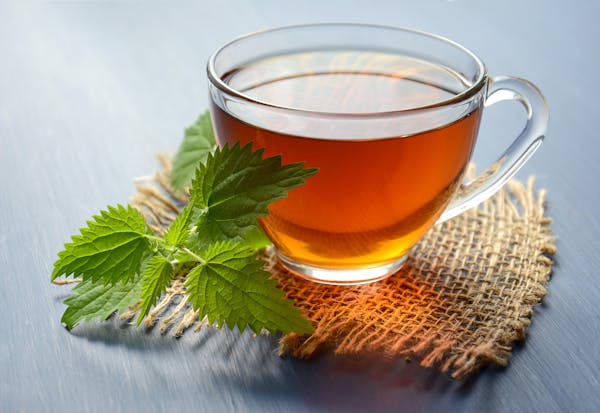Tridax procumbens , Tridax daisy, coat-buttons
Small bright wild flowers.
Tridax daisy (Tridax procumbens) also known as coat-buttons is an annual herbaceous flowering plant that has been classified as a noxious weed due to its invasiveness.
The plant bears daisylike yellow-centered, white flowers with numerous small yellow disc florets and 5 white, three-toothed, ray florets that look like petals. The leaves are lobed with wavy margins and generally arrowhead-shaped. Its fruit is a hard achene covered with stiff hairs and having a feathery, plumelike white pappus at one end. The plant is invasive in part because it produces so many of these achenes, up to 1500 per plant, and each achene can catch the wind in its pappus and be carried some distance. This plant can be found in fields, meadows, croplands, disturbed areas, lawns, and roadsides in areas with tropical or semi-tropical climates.
Tridax procumbens has been in use in traditional medicine for wound healing and as an anticoagulant, antifungal, and insect repellent.
The juice extracted from the leaves is directly applied on wounds. Its leaf extracts were used for infectious skin diseases in folk medicines. It is used in Ayurvedic medicine for liver disorders, hepatoprotection, gastritis, and heartburn. Tridax procumbens is also used as treatment for boils, blisters, and cuts by healers in traditional medicine.
It is a favourite food of the common grass blue butterflies.
Scientific name: Tridax procumbens
Common name: Tridax daisy, coat-buttons
Family: Asteraceae
Native Distribution: Mexico
Pictures by Jyoti Prateek (2021, Singapore)
References: https://en.wikipedia.org/wiki/Tridax_procumbens
Reference




















No comments:
Post a Comment